
Effective job interviews are essential for streamlining the selection process by quickly identifying the candidates who best meet the job criteria. How to prepare to interview someone for a job may be one of the most googled searches around HR community.
This involves crafting a series of precise questions that evaluate both technical skills and critical soft skills such as communication, problem-solving, and teamwork. Employers should also arrange the interview environment to be conducive to open, honest dialogue. This preparation is crucial in reducing the time and resources spent on candidates who are not a suitable match, allowing organizations to concentrate their efforts on the most promising applicants. Additionally, staying updated on best practices in how to conduct a job interview can further refine the recruitment process and ensure the selection of top-tier talent.
Preparing for the Interview
Job Description and Role Requirements: Crafting a Clear and Precise Job Description
A clear and precise job description is essential for attracting qualified candidates and ensuring a smooth hiring process. Here’s how to craft one:
- Compelling Title and Summary:
- Title: Use clear, concise language that accurately reflects the role (e.g., “Software Engineer” instead of “Technical Guru”).
- Summary: Briefly capture the essence of the position and what the role entails. Highlight the team and company culture to attract the right fit.
- Key Responsibilities and Duties:
- List the core duties and responsibilities of the role in a bulleted format.
- Use action verbs and specific examples to showcase what success looks like (e.g., “Develop and maintain highly scalable web applications” instead of “Works on web applications”).
- Required Skills and Qualifications:
- Specify the essential skills and experience needed for the role.
- Include both hard skills (technical expertise) and soft skills (communication, teamwork).
- Mention any required certifications or licenses.
- Preferred Skills and Qualifications:
- List additional skills or experience that would be beneficial but not mandatory. This allows you to attract well-rounded candidates with potential for growth.
- Benefits and Compensation:
- Briefly outline the benefits package and compensation range (if applicable). This helps attract candidates who are a good fit financially.
- Company Culture:
- Briefly describe your company culture and work environment. This allows candidates to assess if it aligns with their preferences.
- Contact Information:
- Clearly state how candidates should apply (e.g., email address, application portal).
Tips:
- Use active voice and positive language throughout the description.
- Tailor the language and level of detail to the specific role.
- Proofread carefully for any errors in grammar or spelling.
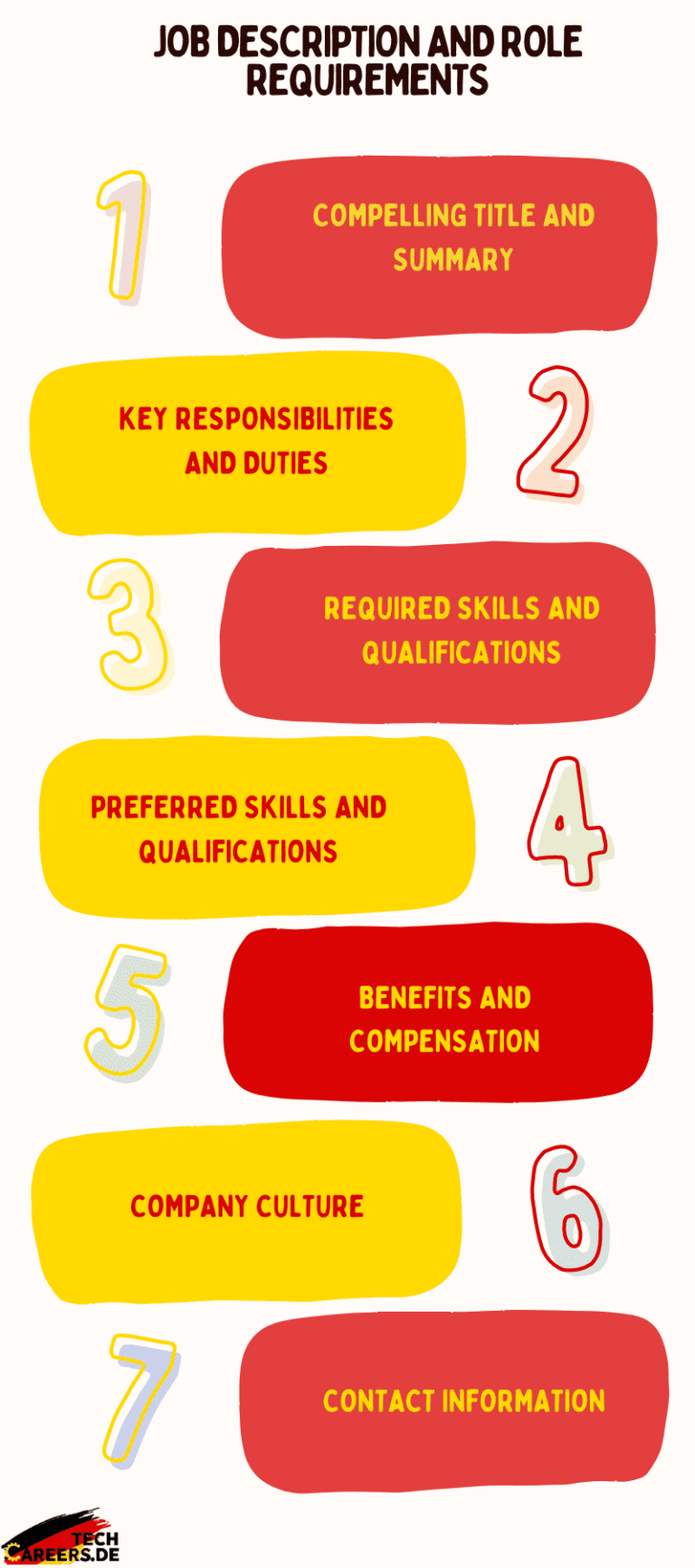
Candidate Selection: Criteria for Shortlisting Candidates
Shortlisting candidates is the process of narrowing down a large pool of applicants to a manageable number for further evaluation (interviews, assessments). Here are key criteria to consider:
- Resume and Cover Letter:
- Does the resume showcase the required skills and experience mentioned in the job description?
- Does the cover letter demonstrate genuine interest in the specific role and company?
- Are there any red flags in the resume or cover letter (e.g., significant gaps in employment, frequent job changes)?
- Qualifications and Experience:
- Does the candidate meet the minimum requirements for the role, including education, certifications, and years of experience?
- Do they have experience with the specific technologies, tools, or methodologies mentioned in the job description?
- Is there a strong track record of accomplishment in previous roles?
- Does the candidate’s resume or cover letter provide any insights into their work style, personality, and values?
- Would they be a good fit with your existing team culture?
- Additional factors:
- Depending on the role, you might consider including a skills assessment or a phone screening interview during the shortlisting stage.
- References may also be checked at this stage, although some companies prefer to wait until after the interview process.
By using these criteria consistently, you can shortlist candidates who possess the necessary skills and experience, and who would also be a good cultural fit for your team and company.
How to Conduct an Effective Job Interview
Here’s a comprehensive guide on how to conduct job interview:
Before the Interview:
- Preparation is Key: Review the German resume format and cover letter thoroughly. Identify key skills and experiences relevant to the position. Prepare insightful questions to delve deeper into the candidate’s background.
- Structure the Interview: Plan the flow of the interview, including introductions, icebreakers, core questions, space for candidate questions, and a closing. Consider using a standardized interview format to ensure fair evaluation across candidates.
- Assemble the Interview Team: Decide who will be involved in the interview (hiring manager, team members, HR representative). Brief them on the role and their role in the interview process.
- Prepare the Interview Environment: Choose a quiet, professional space with minimal distractions. Ensure all technology (video conferencing if applicable) is functioning properly.
During the Interview:
- Create a Positive Atmosphere: Greet the candidates warmly and put them at ease. Small talk at the beginning can help break the ice.
- Introduce Yourself and the Company: Briefly explain your role and the company culture.
- Ask Engaging Questions: Go beyond the resume and ask questions to assess the candidate’s skills, experience, and problem-solving abilities. Use a mix of open-ended and situational questions to get a well-rounded picture. (Avoid yes/no questions)
- Active Listening: Pay close attention to the candidate’s responses, body language, and communication style. Ask clarifying questions to ensure understanding.
- Evaluate Cultural Fit: Ask questions to gauge the candidate’s work style, personality, and values. See if they align with your company culture and existing team dynamics.
- Give the Candidate a Voice: Allow the candidate to ask questions about the role, the team, and the company. This demonstrates their interest and allows you to assess their priorities.
- Be Transparent About Next Steps: Inform the candidate about the timeline for the next steps in the hiring process.
After the Interview:
- Debrief with the Interview Team: Discuss your impressions of the candidate with the interviewers. Use a scoring system or evaluation rubric to ensure a fair and objective selection process.
- Provide Timely Feedback (Optional): While not always possible, consider providing timely feedback to all candidates, especially those who weren’t shortlisted. A brief email thanking them for their time and interest can leave a positive impression.
- Select the Best Candidate: Based on the interview results and overall evaluation, choose the candidate who best demonstrates the qualifications and cultural fit for the role.
Additional Tips:
- Maintain Professionalism: Throughout the interview process, treat all candidates with courtesy and respect.
- Avoid Bias: Be mindful of unconscious bias and strive to evaluate candidates based on their merits and qualifications.
- Standardize the Process: Use a consistent interview format and evaluation criteria to ensure fairness for all applicants.
- Follow Up Promptly: Communicate clearly with shortlisted candidates about the next steps and hiring decisions.
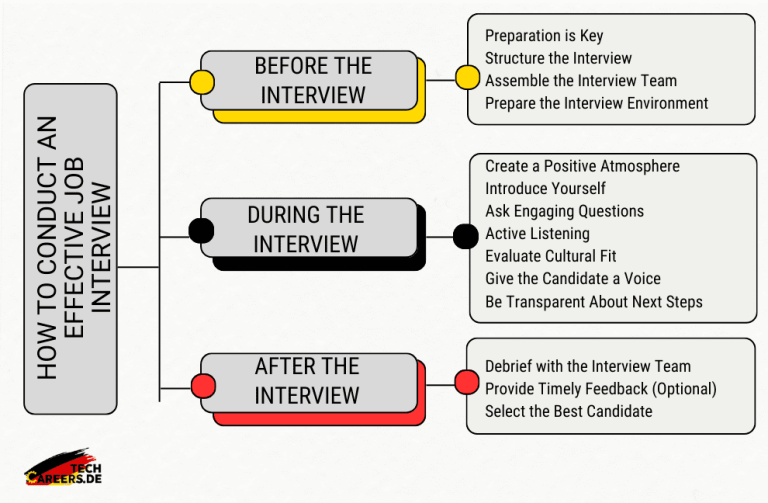
By following these steps and focusing on effective communication, clear evaluation, and a positive candidate experience, you can conduct successful job interviews that lead to hiring the best talent for your team. When learning how to interview someone for a job, it’s important to prepare questions that cover both the specific skills needed for the position and the behavioral traits that indicate a good fit with your team’s culture.
Additionally, ensure that the interview setting is welcoming and that the dialogue allows for both the interviewer and the candidate to engage meaningfully. This approach helps in making informed hiring decisions while enhancing the overall interview experience for potential employees.
Online Interviewing
The integration of online interviewing into executive search IT has become indispensable in the contemporary recruitment landscape, especially emphasized by the transition to remote work and the expansion of global hiring practices. Skillful utilization of technology is paramount in ensuring the efficacy of online interviews within executive search processes. Here are some essential elements to take into account:
1. Choosing the Right Platform:
- Reliability and Accessibility: Select a video conferencing tool that is reliable and easy to use for both interviewers and candidates. Popular platforms include Zoom, Microsoft Teams, and Google Meet.
- Features: Ensure the platform supports essential features like screen sharing, recording (with consent), and good audio/video quality.
2. Setting Up the Interview Environment:
- Technical Check: Conduct a technical rehearsal to ensure all equipment (camera, microphone, internet connection) is functioning correctly.
- Backup Plans: Have contingency plans for technical failures, such as alternative communication methods or rescheduling protocols.
3. Enhancing Candidate Experience:
- Clear Instructions: Provide candidates with clear instructions on how to use the chosen platform, what to expect during the interview, and whom to contact in case of technical issues.
- Accessibility Options: Offer accessibility features for candidates with disabilities, such as captioning services or compatibility with assistive technologies.
4. Maintaining Security and Privacy:
- Data Protection: Use platforms that comply with data protection laws (e.g., GDPR in Europe) to safeguard both company and candidate information.
- Privacy Settings: Configure privacy settings to ensure that only invited participants can join the interview.
5. Interview Conduct:
- Visual and Audio Checks: Before starting the interview, check that you can clearly see and hear each other to avoid any miscommunication.
- Recording Consents: If the interview is being recorded, ensure to obtain consent from the candidate upfront, explaining how the recording will be used.
6. Engagement Techniques:
- Interactive Tools: Utilize features like whiteboards or document collaboration tools to engage candidates during technical assessments or problem-solving sessions.
- Eye Contact and Body Language: Encourage interviewers to maintain eye contact and be mindful of their body language to convey attentiveness and interest.
7. Feedback and Follow-Up:
- Immediate Feedback: If possible, provide immediate feedback or next steps at the end of the interview to keep candidates informed.
- Technical Support Feedback: After the interview, gather feedback on the technical experience to continually improve the process for future interviews.
Leveraging technology effectively not only streamlines the HR interview questions in Germany but also enhances the overall experience for both candidates and interviewers. This ensures that the best talent can be identified and recruited, irrespective of geographical boundaries.
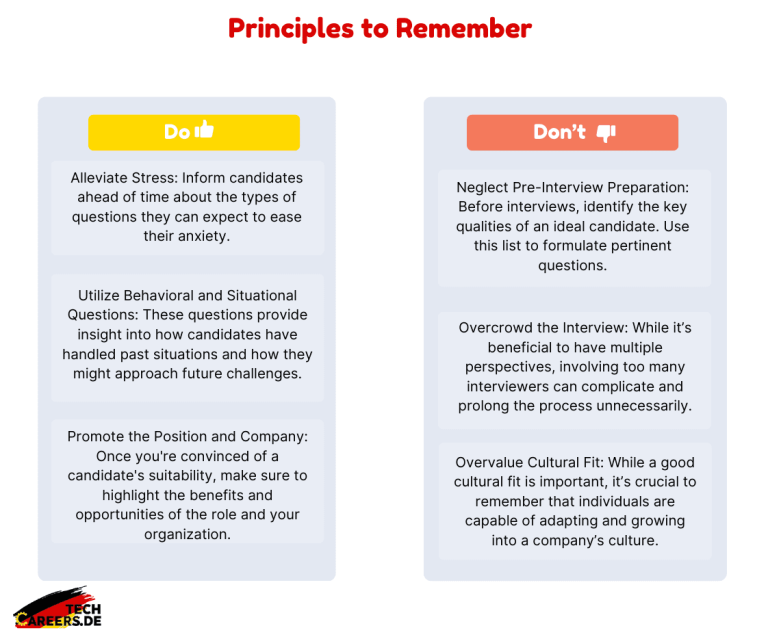
Conducting a job interview in Germany, especially within the IT sector, requires a nuanced approach that balances meticulous preparation with an awareness of the unique cultural and legal context.
By employing strategies that alleviate stress for candidates, such as outlining the types of questions to be expected, and focusing on behavioral and situational inquiries, employers can gain deeper insights into the potential fit of each candidate. This is not only vital in the realm of executive search in IT but also across diverse fields where understanding and integrating into the existing workplace culture is paramount.
In the competitive IT landscape of Germany, where precision and efficiency are prized, refining your interview process according to these principles ensures that you attract and retain the best tech minds. By fostering an interview environment that values clarity, respect, and open dialogue, companies can make strategic hires that propel their growth and adapt seamlessly into the dynamic ecosystem of IT in Germany.
Ready to Conduct an Effective Job Interview?
Ready to take the next step in your relocation to Germany? Make use of the resources and expert guidance provided in this comprehensive guide to ensure a smooth transition. Whether you need help crafting a standout CV, navigating the legal requirements, or finding the perfect place to live, we have you covered.
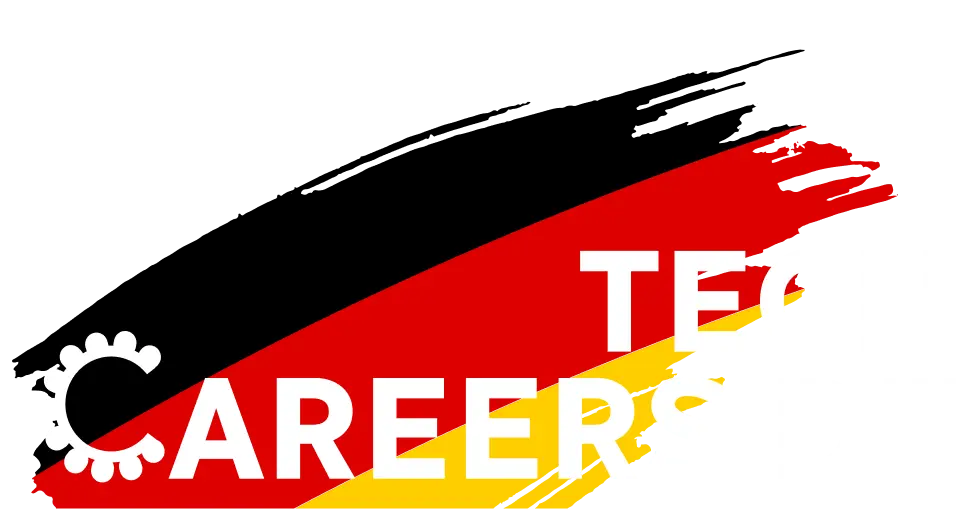



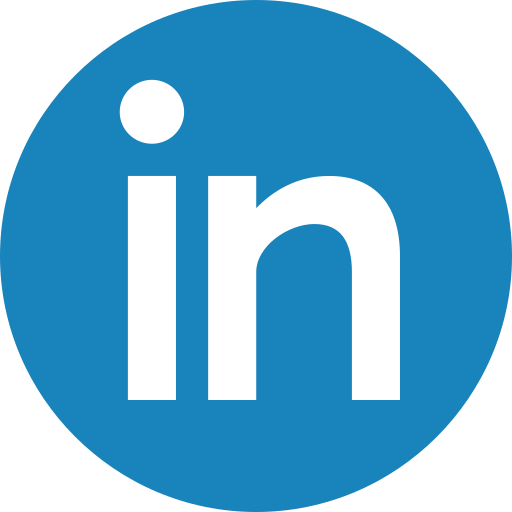
 Previous Post
Previous Post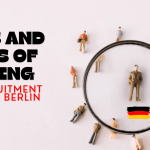 Next Post
Next Post